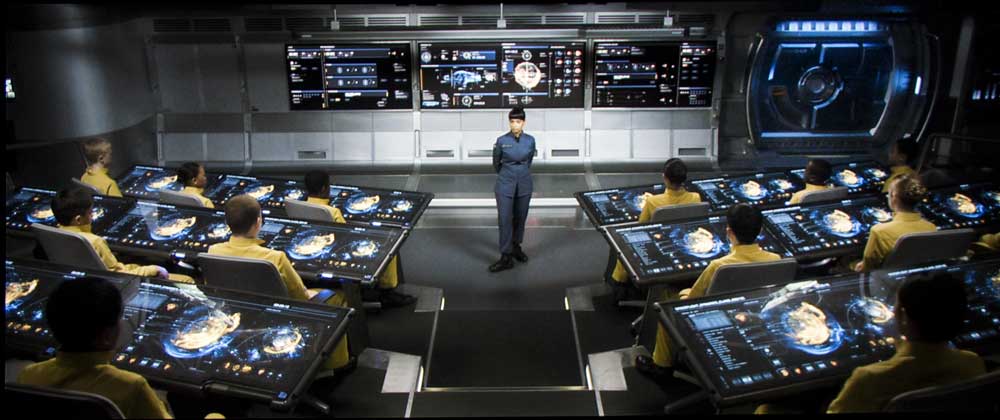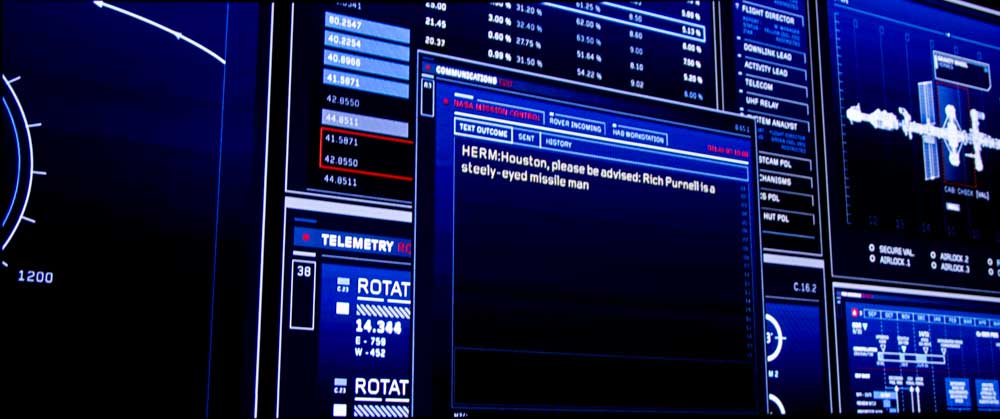Pixel Shifting - e-Shift4
To the best of my knowledge JVC pioneered pixel shifting projectors five or six years ago. Also to the best of my knowledge currently only these JVC projectors and Epson’s LS10000 laser offer a pixel shifting solution to improve detail when using 1080p panels. There will be higher resolution DLP projectors sporting pixel shifting, released in the 2nd half of 2016.
We’ve done a video about pixel shifting using a JVC projector. In it we show what the same image can look like with pixel shifting on and off, but before I briefly talk about the net effect / benefit, here’s quickly how it works:
With pixel shifting a projector processes the data with the intent of firing each of the roughly 2 million pixels not once ,but twice. What happens to the second pass, is that the pixels are shifted upward to the right a half pixel. With these overlapping pixels you have a net increase in detail and the dark maxk between pixels – as a fringe benefit – vanishes. It works. In fairness, just remember that each of these pixels is still 4X the area of the pixels of a true 4K (8 megapixel panels) projector, so, ultimeately a pixel shifting 1080p projector (2 megapixel panels), really can’t match a true 4K projector, but the performance falls somewhere in the middle between a simple 1080p projector without pixel shifting and a true 4K projector.
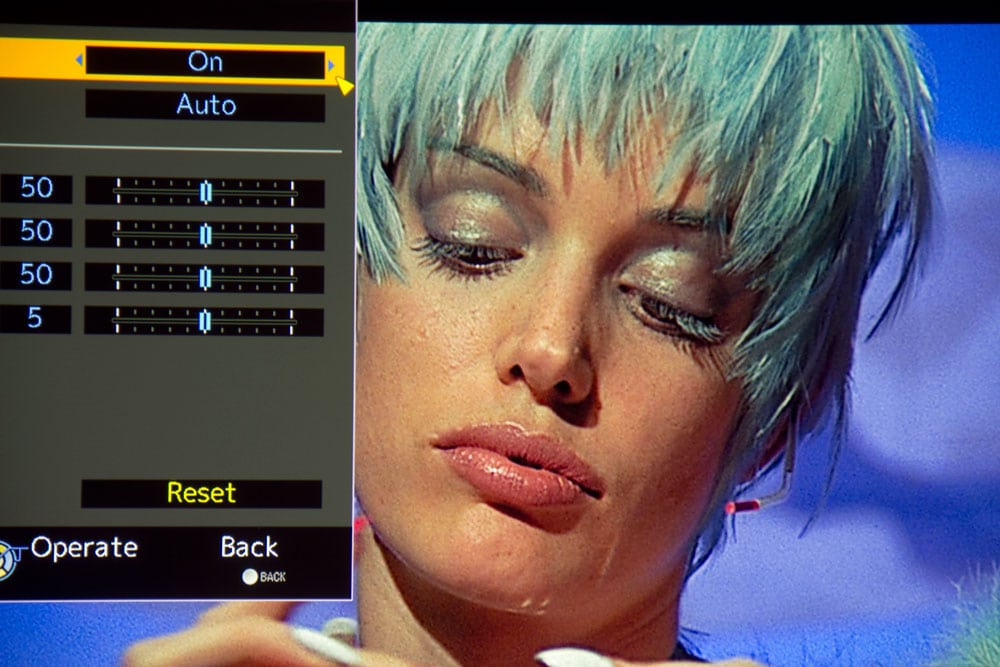
eShift set to 50 - visibly sharper than the 25 setting in the image below
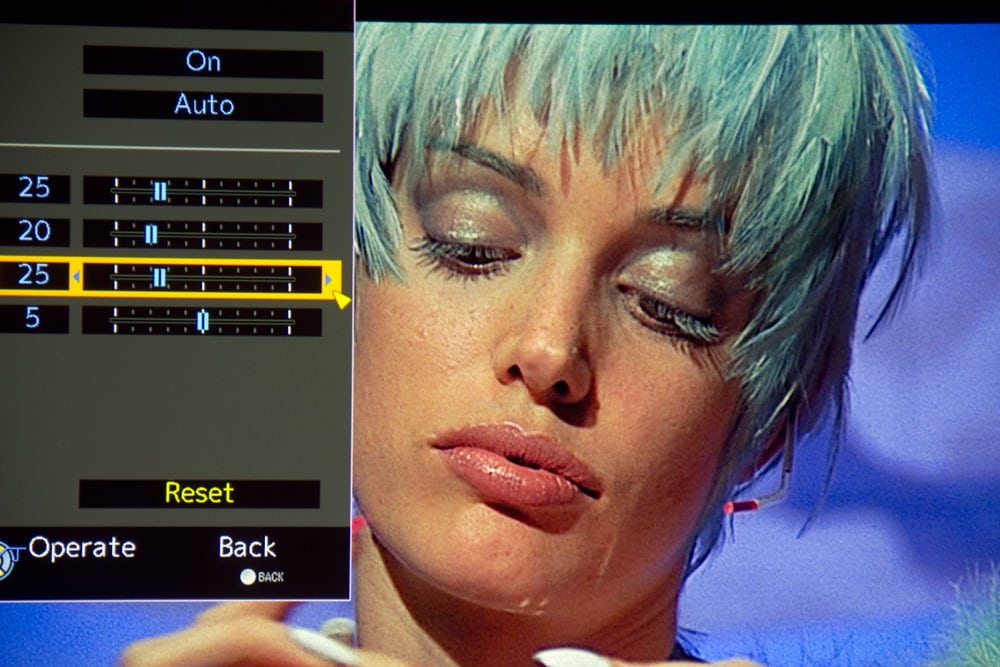
JVC eShift set to a more moderate 25 setting
I better mention, that it’s April 2016 as I post this review. I said above, that there are few pixel shifters. More are coming, TI (Texas Instruments), manufacturer of all DLP chips for those projectors is launching a pixel shifting 4 megapixel chip. Basically that chip will have resolution half way between JVCs and a true 4K (all the true 4K projectors are Sony models (except when you get up to movie theater projectors, but that’s a whole different world.
Bottom line – pixel shifting creates a more detailed image, but pixel size remains large. Beyond that, how good a projector’s image processing is will affect how much perceived improvement in detail you see.
[sam_pro id=1_16 codes="true"]
JVC Improves their 3D
Some good news here. Of course, almost all home theater projectors support 3D, but the quality of the 3D processing, and projector brightness impact the end result. In the past, we’ve found JVC projectors to be one of the weaker performers when handling 3D. But JVC continues to slowly up the brightness, so by the time we get to the RS400 and its siblings, brightness is sufficient to provide a reasonably bright 100” diagonal image, and a passable 120” image if a bit dim.
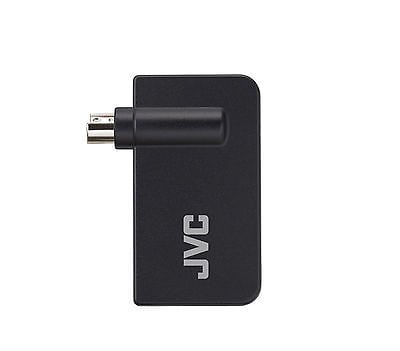
This optional, $99 RF 3D emitter plugs into the appropriate jack on the back of JVC's projectors
As mentioned on the first page, we had to borrow a projector from a dealer, so only had a little over a week, including calibrating it. Unfortunately it didn’t come with 3D glasses or either of the two available optional emitters. The older one, the PK-EM1 is IR, so it you have to have the rear of the projector exposed, so the glasses can receive the signal. That pretty much kills off the idea of rear shelf mounting. The newer PK-EM2 is RF so no issue with projector placement for 3D as far as the signal reaching the glasses, as long as they are in range, which shouldn’t be a problem. Obviously without the emitter (I have 3D universal glasses) I couldn’t view the claimed improved 3D.
But Ron, one of our reviewers – who reviewed the top of the line RS600 (he didn’t need a loaner from JVC because he bought one for his home theater), tells me that the RS600’s 3D is greatly improved and very competitive, with crosstalk virtually eliminated! Ron – unlike me, is an engineer. I fully trust his opinion, and therefore based on my conversation with him, I am projecting that the RS400 has impressive, and reasonably bright 3D, with much less cross-talk than previous JVCs.
BTW, there is no 4K standard for 3D, so we 3D folks will be watching 3D at 1080p resolution for a long time yet.
JVC RS400U 4K Support
[sam_pro id=1_44 codes="true"]
I’ve already touched on this so I’ll be brief. Previous JVCs could handle some 4K content as long as it didn’t require the latest HDMI which is 2.0, and and the latest copy protection (HDCP 2.2). That was great if you were like me and had companies like Sony lend me 4K servers with 4K content on it, but for most folks, 4K viewing was mostly restricted to watching your own 4K photos (8-9 meagixel or higher cameras)
All three new JVCs now have HDMI 2.0 inputs and support HDCP 2.2, so, problem solved. More images of 4K content will be found in one of the photo players on our Picture Quality page.
I was able to hook up my brand new, just shipping 4K Blu-ray UHD player (Samsung UBDK8500 – the only model shipping at this time). I was able to watch three 4K Blu-ray UHD movies I have on the JVC. The interfacing to the Samsung was a bit of an issue, but ultimately it got figured out. Since I basically had the same issues getting the Samsung to like the $15K Sony VPL-VW665ES, and Samsung had already announced some fixes were coming, I figure the hassle wasn’t JVC’s fault. No matter, all considered, I was able to watch The Martian, Ender’s Game and Sicario off of Blu-ray UHD.




